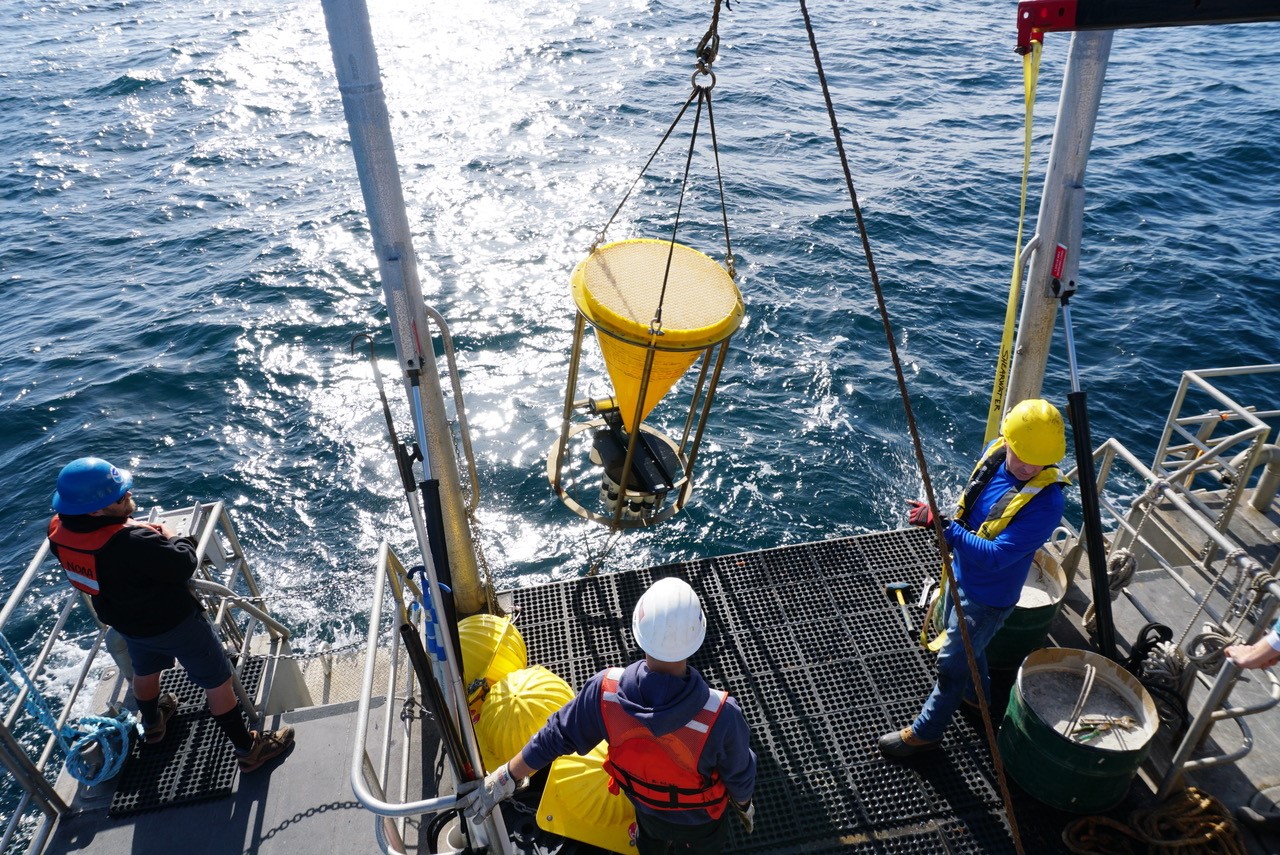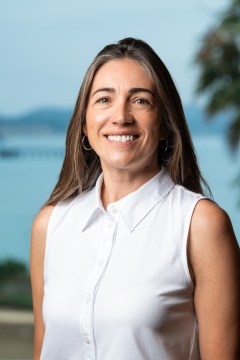The Santa Barbara Maritime Museum Presents “All The Life We Cannot See: Marine Microbes and the Health of our Oceans”

Press releases are posted on Independent.com as a free community service.
As part of its monthly lecture’s series, the Santa Barbara Maritime Museum presents “All The Life We Cannot See: Marine Microbes and the Health of our Oceans” on Thursday, October 19, 2023 at 7:00 p.m. UC Santa Barbara Professor Alyson Santoro, PhD will discuss the general role of microbes in the ocean, which cycle nitrogen throughout the deep ocean, and the impact and important role the microbes have on the Earth’s climate. The cost of this series is free for SBMM Navigators Circle members; $10 for all other members; and $20 for the general public. SBMM members will enjoy a pre-lecture reception from 6:15-6:45 p.m. Learn more about becoming a member here:https://sbmm.org/santa-barbara-maritime-museum-membership/.
Marine microbes are single-celled organisms too small to be seen with the naked eye. They are the most abundant living things in the ocean, where they keep the water and the entire planet habitable for animals—and people. As recently as the 1950s, people believed that the deep ocean was practically devoid of microbial life.
“People often have a negative association with bacteria in the ocean because they only hear about them when something bad happens, like when a beach closes. I hope to show people just a few of the many ways that we depend on these small creatures to keep the ocean safe for fish, whales, and us.” said Alyson Santoro.
In her lab at UCSB (Santoro Labs), Alyson and her team research these microbes, and the challenges of trying to tame wild bacteria in order to study them in the laboratory.She will speak about the new technologies and autonomous sampling systems used to study the microbes and a new project in the lab using the power of marine microbes to design new plastics that can degrade in seawater.
“At the museum, we celebrate the Santa Barbara Channel and emphasize our rich connections to the sea,” said SBMM Executive Director Greg Gorga. “I look forward to learning more about marine microbes and how we can all better support the health of our oceans.”
The lecture series is sponsored by Marie L. Morrisroe.
About Our Speaker

Alyson Santoro is a professor at UC Santa Barbara in the Department of Ecology, Evolution and Marine Biology and the co-founder of Nereid Biomaterials. She grew up hundreds of miles away from the ocean exploring the lakes and rivers of the Adirondack Mountains in New York. Alyson moved to California after receiving her bachelor’s degree in ecology from Dartmouth College, at which time she realized she wanted to make the ocean her life’s work. After a short career as an environmental consultant, she pursued a degree in environmental engineering at Stanford University, where she received her PhD. Alyson went on to a postdoctoral research position at Woods Hole Oceanographic Institution and eventually joined UC Santa Barbara in 2016. As a sea-going oceanographer, she has spent nearly a year of her life at sea conducting research. She is the recipient of a Sloan Research Fellowship and Simons Foundation Early Career Award, and a Simons Foundation Investigator Award in Aquatic Microbial Ecology. Alyson is the author or co-author of more than 50 scientific papers and has written for several popular media outlets including the New York Times.
About the Santa Barbara Maritime Museum
The Santa Barbara Maritime Museum (SBMM), which is located in the Waterfront Center Building (formerly the Naval Reserve Building), opened its doors to the public in July 2000, with the unique mission to interpret the rich and diverse maritime history of the Santa Barbara Channel. SBMM is an interactive museum – a place where the public can experience maritime culture without leaving the harbor.
Founded by a group of fisherman, divers, and sailors, SBMM provides hands-on learning opportunities for all ages, delving into Santa Barbara’s robust maritime history while highlighting the important role the Santa Barbara Channel plays in our culture and community.
From the engaging exhibitions, visitors leave with a love for and better understanding of the Santa Barbara Channel – its abundant marine life, the multiple recreational activities it provides, and the people making a living on its waters. Learn more at sbmm.org.

You must be logged in to post a comment.